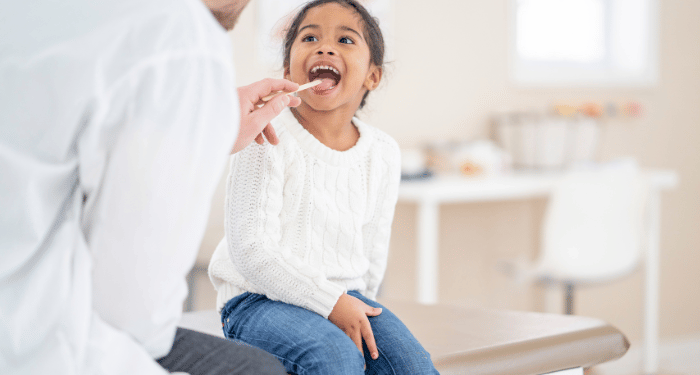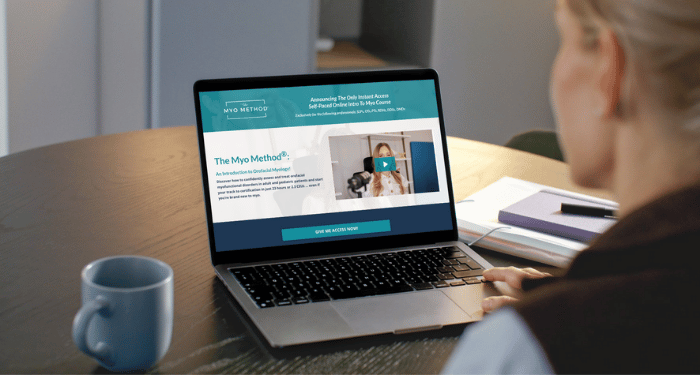By Hallie Bulkin, MA, CCC-SLP, COM
When it comes to pacifiers we need to understand that companies in the U.S. are not and do not have research to back up their products (or product claims for that matter). When research does exist it is also not typically done via third party organizations, which is often necessary to remove implicit bias.
In other words, when companies conduct research on their own physical products, the information that they choose to share often weighs more favorably toward their product (versus against it).
As an SLP, we do not research every toy out there before using it in therapy. Much can be said for the tools used in feeding therapy or to help with development of oral sensorimotor skills. And sometimes pacifiers are used as a tool in feeding therapy.
So what do we do when the research on a topic doesn’t exist, such as which pacifier is the best for infant orofacial development?
We turn to colleagues who specialize in this space and research in related areas. For example, professionals who treat babies on a regular basis will have good insight into what products they use with great success and what products are recommended for trial with infants who are struggling to feed.
First and foremost, pacifiers are not a milestone. We do not typically need pacifiers. Yes, they may help prevent sudden infant death syndrome (SIDS) but in any case, should be weaned by 6 months of age.
Why doesn’t a child typically need a pacifier? Well, when the tongue is doing its job it lives up on the roof of the mouth. It fills the same void as a pacifier would. And there simply is no room for a pacifier (or thumb) when the tongue is doing its job!
Additionally, while this post is not medical advice, please be advised that medically involved children with compromised airways due to recessed jaws or other health-related causes may benefit from a pacifier as it may bring their lower jaw (mandible) forward and help keep their airway open when sleeping. This is a decision to be made by that child’s medical team.
So when we are using pacifiers and/or when using a paci as a tool in feeding therapy what kind of pacifiers do I recommend?
The cylindrical-shaped Soothie pacifier is the gold standard!
We want to avoid flatter pacifiers as they hold the tongue down to the floor of the mouth (we don’t want that) as we need the tongue to be able to move around the pacifier and elevate. So to have full range of motion and support proper oral rest posture when the pacifier is not in the mouth (e.g.., closed mouth, tongue on the top, gums/teeth slightly apart, breathe through nose) we recommend cylindrical-shaped pacifiers like the Avent Soothie. Note: we do not want a bulbous shape at the end of the tip of the pacifier).
It’s worth noting that while an infant uses the soothie pacifier, the front of the tongue will also be kept down but there are benefits as this pacifier is similar to a finger in the mouth for suck training (and it can be used in place of a finger for that!) and encourages elevation of the lateral borders of the tongue.
It’s worth noting that if you have the wubbanub pacifier with a lovey attached to the end, we want to cut off the lovey and give that part to your child. Why? Well once your child is rolling over, sitting, crawling – we do not want them to use it – good news is you can cut the animal off and let your child keep that while ditching the pacifier piece of it when they 6 six months.
Why am I so adamant about removing the stuffy on the wubbanub? We’ve repeatedly seen infants and toddlers misusing their jaw or “fixing” the jaw and biting down to stabilize their jaw on this pacifier to hold the weight of it in their mouth. This creates an open bite and along with the jaw fixing leads to changes in orofacial development.
So if you’re planning to use a pacifier try the Avent Soothie and be sure to wean around 6 months of age before it becomes a habit (this happens starting at 6 months of age!). These efforts will positively impact the child’s orofacial development!
PS you can hear all about this on episode 84 of the untethered podcast!




